Can education 'master plan' address California's income gap? Why Newsom thinks so
Published in Business News
SACRAMENTO, California — Gov. Gavin Newsom announced on Monday an education “master plan” aimed at narrowing the income gap between California’s highest and lowest earning residents.
Newsom said his administration would encourage high schools and colleges to offer students more workplace-focused training, such as apprenticeships and internships;.
He said he would create a centralized “career passport” platform allowing people to showcase their credentials to potential employers; create a statewide body to coordinate local and state employers and schools that would identify jobs sectors in need of workers; and encourage state agencies and educational institutions to offer more access to workforce and educational training to people like those with disabilities, first-generation students, and English-language learners.
Some of these plans will appear in next month’s budget proposal, including $100 million for the career passport platform.
Speaking from Shasta College in Redding, Newsom said the “California Master Plan for Career Education” would allow people who may not have the resources or time to earn a college degree to earn a living wage. The Legislature has pledged to address California’s high cost of living.
The state’s top 10%, who make $300,000 or more annually, earn 10 times more than those at the bottom 10%. About 26% of Redding’s 92,700 residents hold a four-year bachelor’s degree and the median household income is $69,433, compared to the state average of $96,334, according to Census data.
Newsom said his administration would also propose an initiative to allow military veterans to claim service time as college credit, starting with community colleges, and expand plans waiving degree requirements for certain state workers. He said he would propose funding for his education plans, including $100 million to create the career passport platform, in his next budget proposal, which he will introduce in January.
“This is about recognizing that we need to create a framework where you can get the benefit of a life well lived that doesn’t include some fancy degree,” Newsom said. “We’ve been working before DOGE was DOGE. We’ve been doing civil service reform in this state.”
DOGE refers to the federal Department of Government Efficiency, which incoming president Donald Trump has proposed to restructure the civil service and slash federal regulations.
Newsom appeared alongside Labor and Workforce Development Secretary Stewart Knox and Assemblymember Heather Hadwick, a newly-elected Alturas Republican.
Notably absent was Tony Thurmond, California’s top education official, who announced last year that he would run for governor in November 2026, when Newsom is termed out. The state superintendent kept a low profile during the pandemic while Newsom’s administration dictated the state’s school reopening plan.
Hadwick is the first Republican legislator to appear with Newsom since he began rolling out regional jobs plans in areas like the Central Valley, where he is largely unpopular with voters. Colusa County Administrative Officer Wendy Tyler said the governor did not inform local officials ahead of time he was in town last week for a news conference at Davis Ranches.
Newsom pointed out that Colusa County Supervisor Daurice Kalfsbeek-Smith, who previously supported the failed recall campaign, accompanied him at Davis Ranches. He pledged to continue working with Republicans to address economic disparities in areas like the North State region.
“I hope they focus more on that than public letters to members of the press just to impress upon you a stale political point of view,” he said.
©2024 The Sacramento Bee. Visit at sacbee.com. Distributed by Tribune Content Agency, LLC.

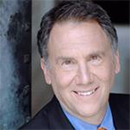
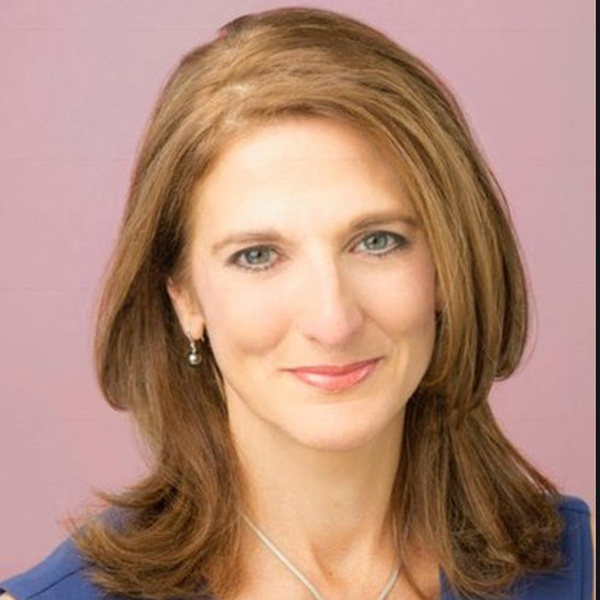

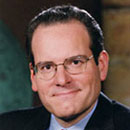
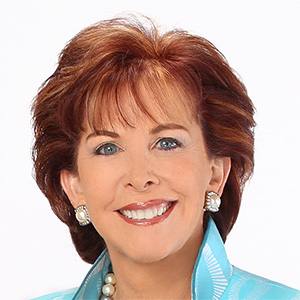


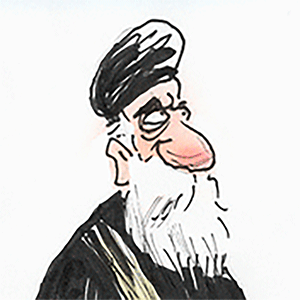



Comments